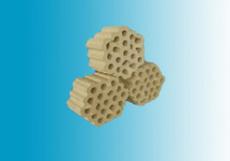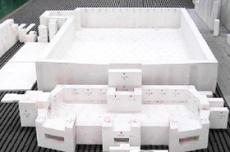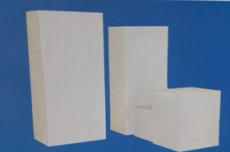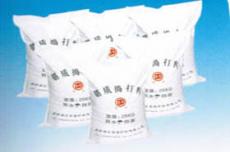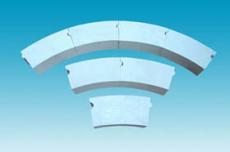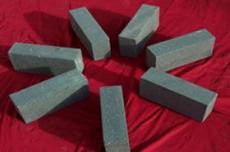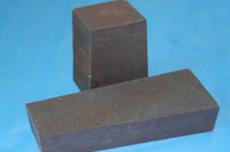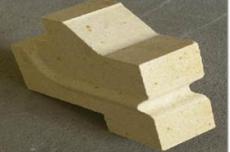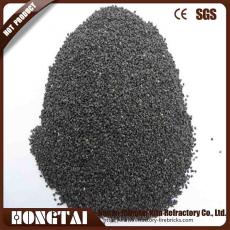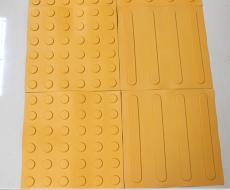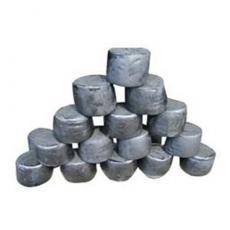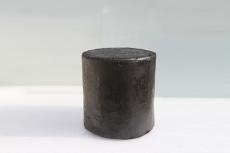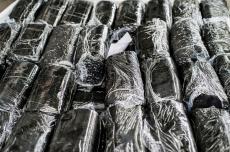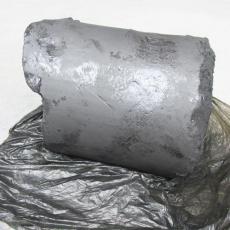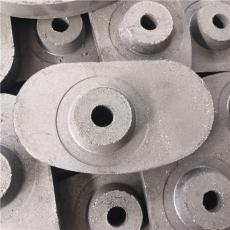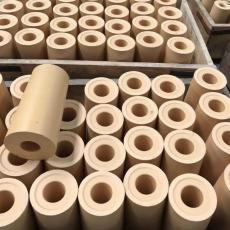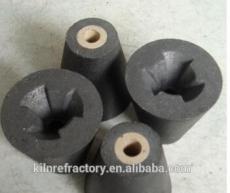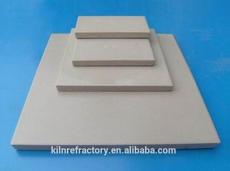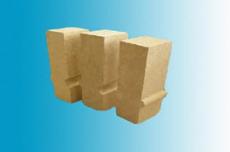
Rheology of refractory castables
There are many factors that affect the rheology of refractory castables, such as the limiting size, shape, distribution, water absorption of particles; the properties and addition amount of binders and dispersants, the amount of water added, and the mixing and stirring process. But the most important influence is the binding system, particle size distribution and the properties and addition amount of dispersants. 01 Influence of particle size distribution The study of the influence of particle size distribution on the rheology of castables has a long history and has been perfected. As we all know, there are many factors that affect the rheological behavior of refractory castables, but one of the most important factors is the particle size distribution state. A large number of studies have shown that even a small change in the particle size distribution coefficient (q) value of the castable will have a significant effect on the rheological behavior. The particle stacking condition has a great influence on the rheology of the castable. The main stacking theories used in the field of refractory materials are Furnus particle size distribution and Andreassen particle size distribution. Andreassen particle size distribution is the most commonly used because of its easy operation and simple method. Andreassen batching curve theory, the formula is CPFT = (d/D)q·100 (1) where: CPFT: cumulative (volume) percentage of particles finer than particle size d; d: particle size; D: maximum particle size; q: distribution coefficient. Andreassen particle size distribution is calculated based on the volume percentage in the multicomponent system and plotted using a logarithmic curve. The particle size distribution tends to be a straight line, and the slope of the line is represented by q. Usually, a lower q means a higher proportion of fine powder. For castables, in order to obtain the best packing density, the value of q should be between 0.2 and 0.3. With a lower q value, there will be more fine powder in the material distribution. These fine powders act as a filler and lubricant to keep the coarse particles from contacting and rubbing against each other, thereby obtaining good rheology. By studying the effect of particle size distribution (mainly Andreassen particle size distribution) on the rheology of castables, the results show that the q value range for the best rheology is 0.2 to 0.25, and when the q value is 0.35, the castable has no fluidity.
02 Effect of cement The amount of cement added has a significant effect on the self-flow rate of refractory castables. Calcium aluminate cement requires an appropriate amount of water in the process of forming hydration products. When the amount of water added is the same, more cement added will inevitably reduce the amount of free water and reduce the self-flow rate of the castable. However, too little cement added will affect the strength of the castable at room temperature. Therefore, the amount of cement should be appropriately reduced under the premise of ensuring the strength of the castable. In ultra-low cement castables, cement mainly plays the role of a delayed coagulant. The study on the rheological properties of corundum-spinel-calcium aluminate suspension shows that with the increase of the amount of calcium aluminate cement added, the yield stress and plastic viscosity of the suspension both tend to increase.
03 Effect of micropowder The micropowder in the castable is easy to form micelles with a double charge layer when it meets water. Due to the dispersion effect of electrolytes and surfactants, the particles do not form agglomerates. After adding the dispersant, the zeta potential is increased through ion exchange, which increases the repulsion between micelles. In this way, the fluidity of the castable can be improved under the same water consumption, while the water consumption is reduced to maintain the same fluidity. Therefore, the use of micropowder reduces water consumption, lowers porosity, and makes the castable obtain a more uniform and dense organizational structure.
